Please play the sound while reading.
Our movements as humans are decided by our built environment. Crossings, Paths, Roads, Grass, Lawns, and Fences. They decide where you: Cross, Walk, Drive, Sit, and Rest. They all decide the way you move and your actions. There is a pattern in the way you behave or walk. Nature can decide the way you should move too, but it's more open to interpretation. You find a rock and you decide if it is a chair/table/a place to lean or dry your clothes on. Nature guides you where you want to go, society guides you to where they want you to end up.
Sounds, "man-made" noise surrounds us. Cars, Helicopters, Planes, Boats, Bikes, Mopeds, Car alarms, Pushbikes, Keychains, Construction workers, Police, Ambulance, Firefighters, and buses warn you that it's turning and then you also hear people speaking, shouting or lighting a cigarette. They take over the birds singing, the wind moving through the trees, and the waves. Personally finding a way to relax is not easy amongst all the "human" noises. The noise reminds you that you have to be somewhere, be on the move, make it in time, and cross before the signal stops or cars will drive again. Being in nature with only animals, plants, greenery, and water makes me so much more relaxed. The feeling of having all the time in the world, doing things at your own speed.
There are of course different views on what relaxing is, some might find it more stressful in nature because of the unknown, and maybe fear of birds or insects. Maybe the city feels safer structured and predicted. Then there are the aspects of comfort level, being at home or in a known environment is maybe more relaxing for some. You have things that are designed specifically for a single purpose or to make things easier for you.

This is the first drawing I made of the movement around my observation point. I noticed the way people were moving the different paths that led to one crossing. The crossing between pedestrians, bikers and motorists are all connected at this one spot to wait for each other to cross. It is an interaction spot where you need to communicate with the person driving and listen to the signals that tell you that it is safe to cross.

The second drawing I made of movement looks closer at the paths that divide this green area into four separate lawns. The dots represent the movement of people, where the paths are walked on mostly and there is very few people actually walking on the grass here. I also noticed that the intersection of the paths becomes more trafficked because that is the one place that leads you to another of the four directions.
I want to look closer at some of the movements and compare them to each other or look at inventions related to nature.
Birds are flying and when it gets colder some of them travel a long way to the south. The way the birds are shaped is something we humans have copied to be able to fly ourselves. We created airplanes thanks to the birds. On National Geographic they explain it: "Everything about the anatomy of a bird reflects its ability to fly. The wings, for example, are shaped to create lift. The leading edge is thicker than the back edge, and they are covered in feathers that narrow to a point. Airplane wings are modelled after bird wings." (Bird Pictures & Facts, n.d.) To be able to ourselves travel faster and more efficiently or maybe escape the cold like the bird, humans invented the airplane. A great invention that is opening up connections to the whole world, there is only one problem with aircraft travel. I found in an article in the Guardian that a trip from London to Rome lets out 234 kg co2 per passenger more than the average produced by citizens of 17 countries annually. (Kommenda, 2021) I am wondering how we can keep this effective way of travelling without compromising the well-being of our planet.
For my drawings, I used helicopter movement because it has a different way of moving so I wanted to compare the bird movement to that.
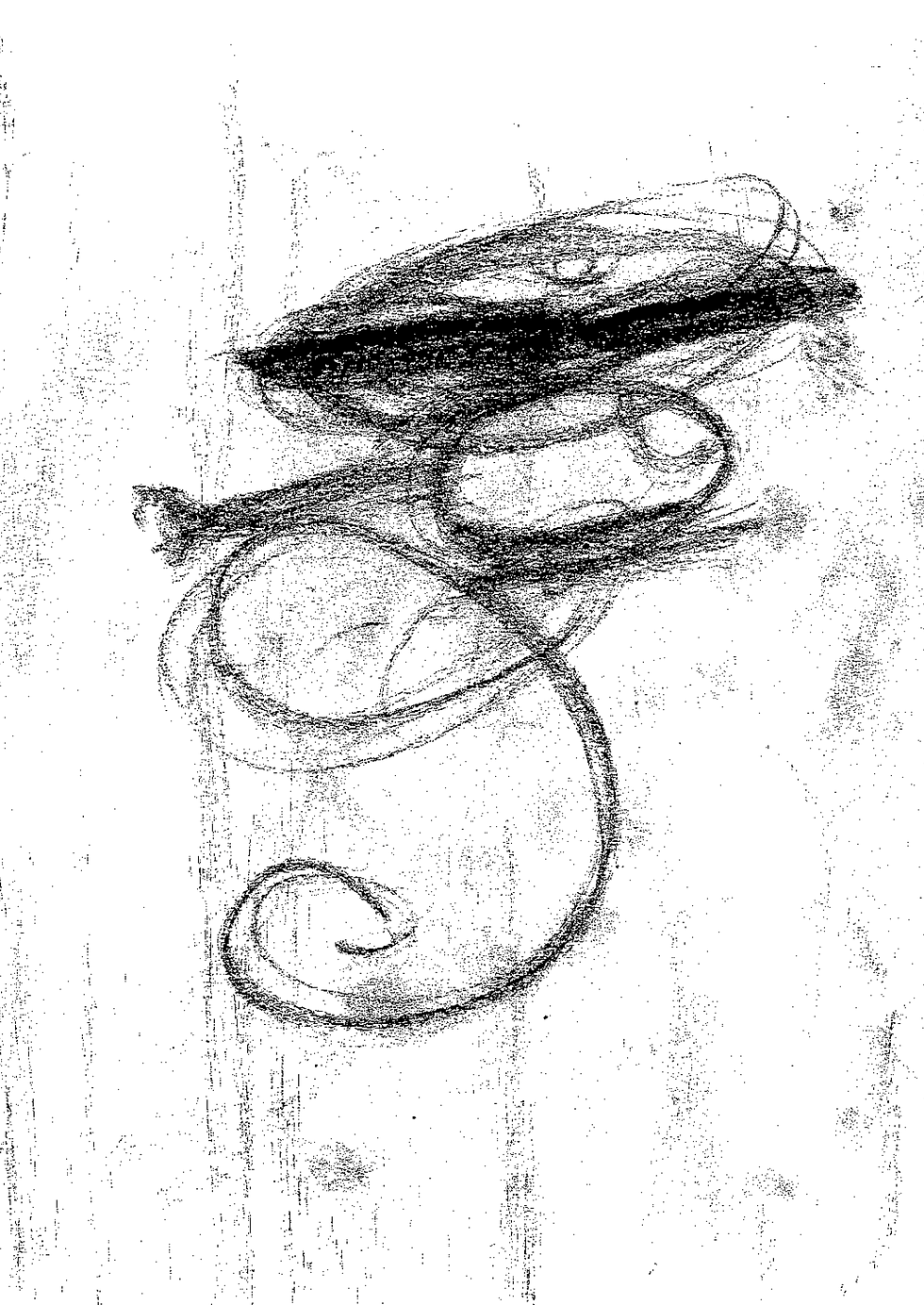
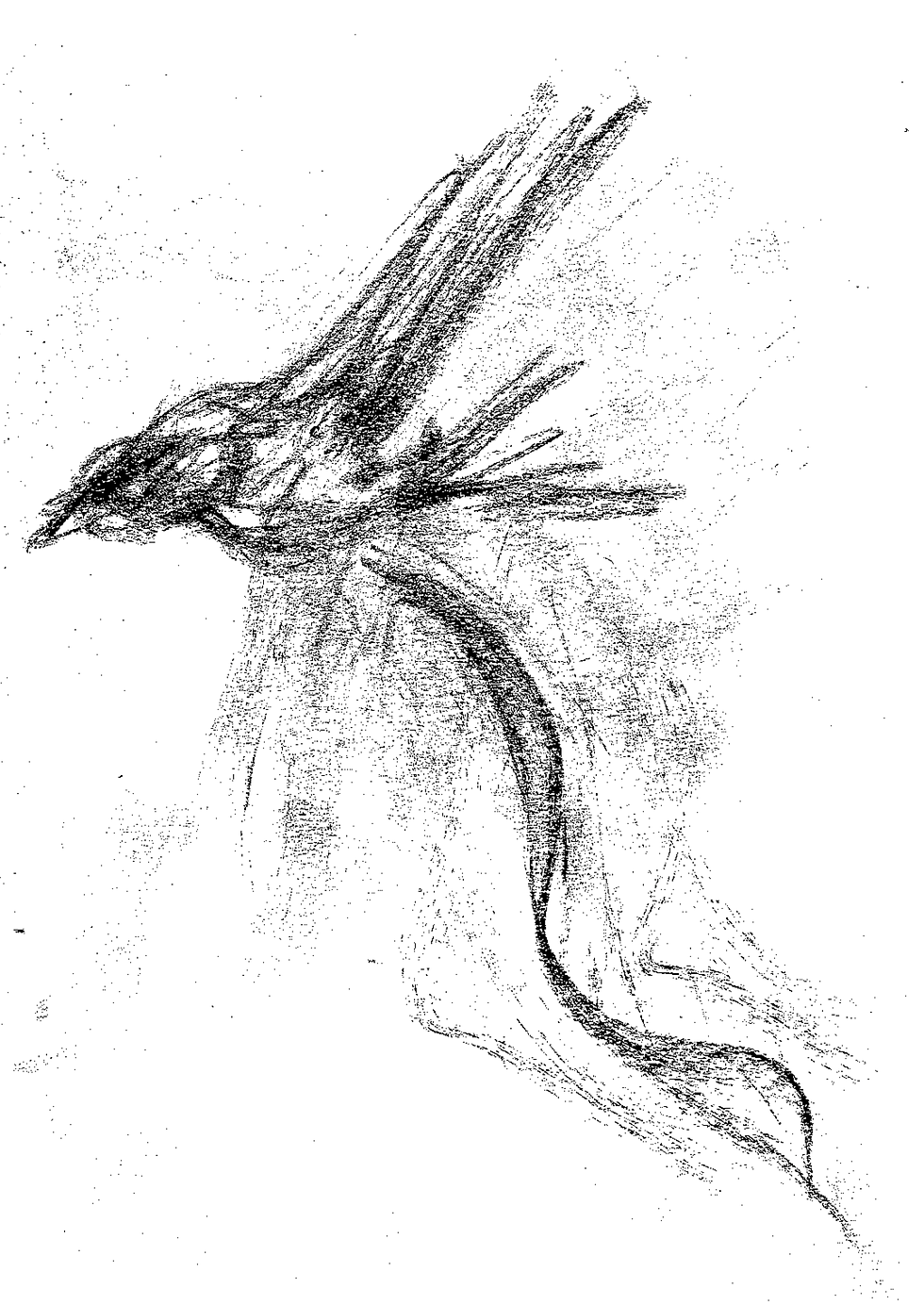
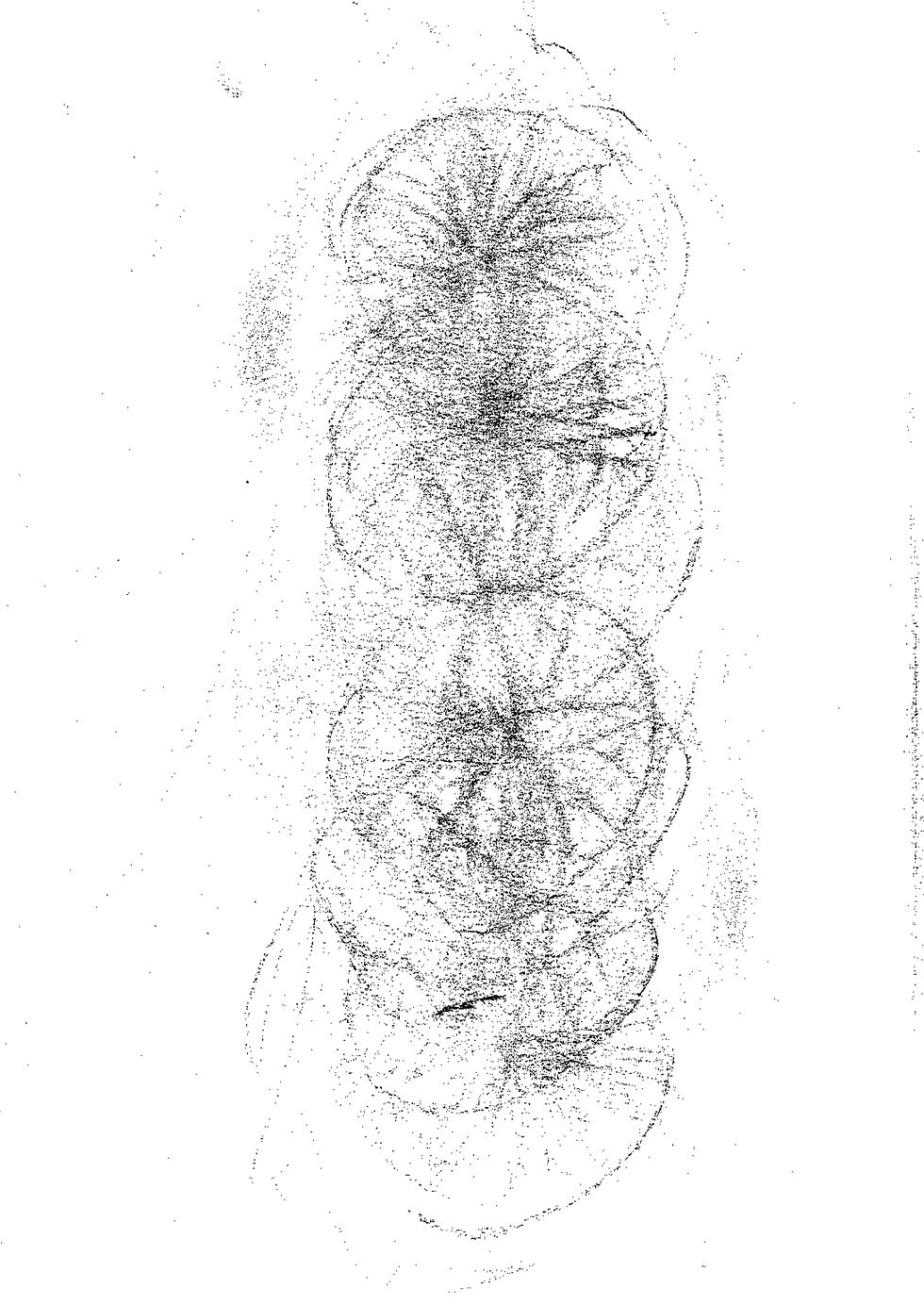
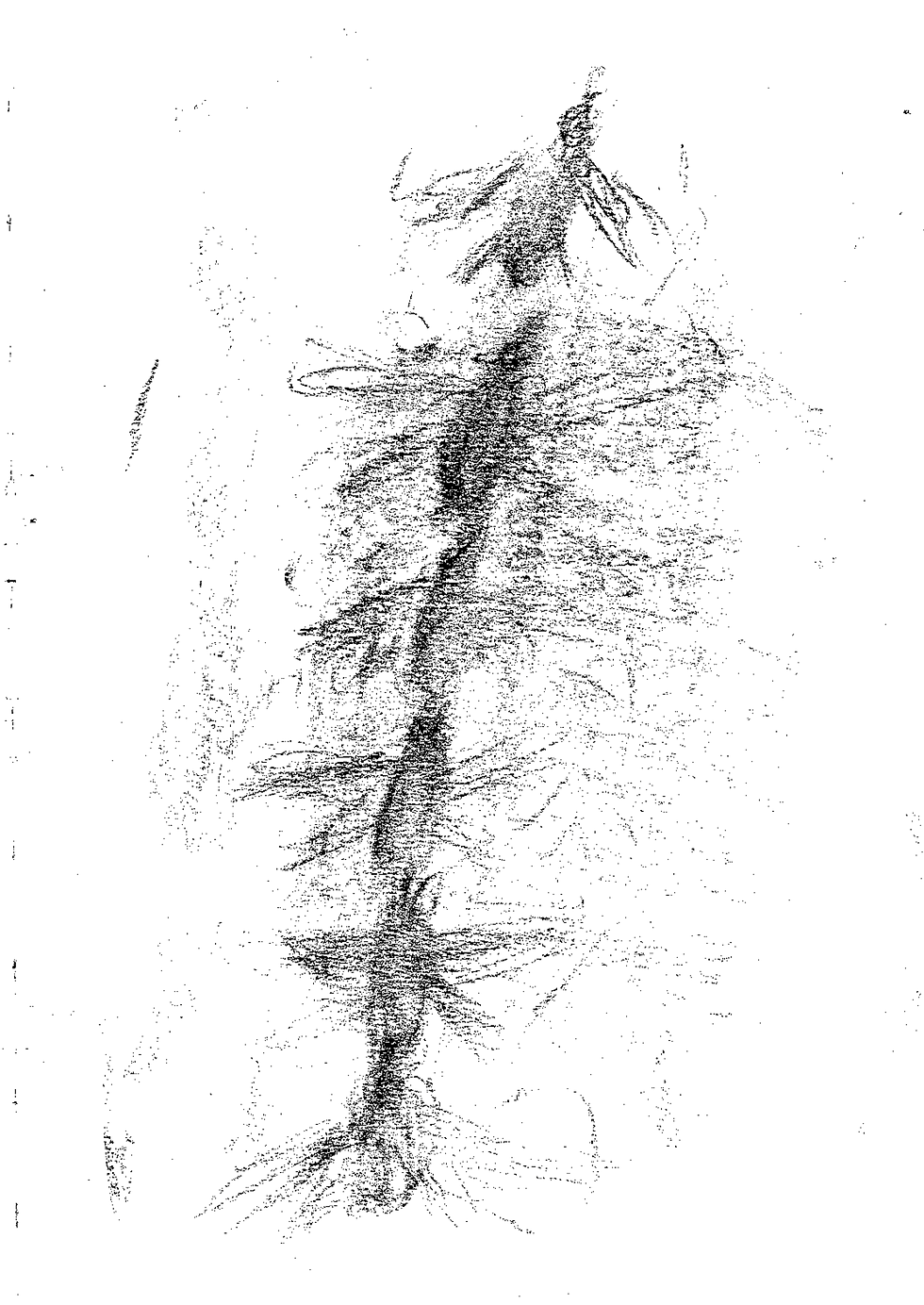
Helicopter movement 3D and plan view. Bird movement 3D and plan view.
Looking at another form of transportation that wasn't inspired by an animal but replaced the animal is cars. The “horseless carriage” (Automobile | National Geographic Society, n.d.) was the start of cars. A great invention to both save hoses tough work and move in a faster way on the roads. There were three different types of fuels considered for the car: "steam, electric power, or gasoline. Cars run by steam engines could go at high speeds but had a short range and were inconvenient to start. Battery-powered electric cars had a 38 per cent share of the United States automobile market in 1900, but they also had a limited range and recharging stations were hard to find." (Automobile | National Geographic Society, n.d.) So the winner was gasoline, but no one probably knew at that time the effects it would have on the climate. They chose which one was the moast effective. On average a car emits between 3,629 to 8,165 kilograms of co2 and other emissions per year. (Automobile | National Geographic Society, n.d.)

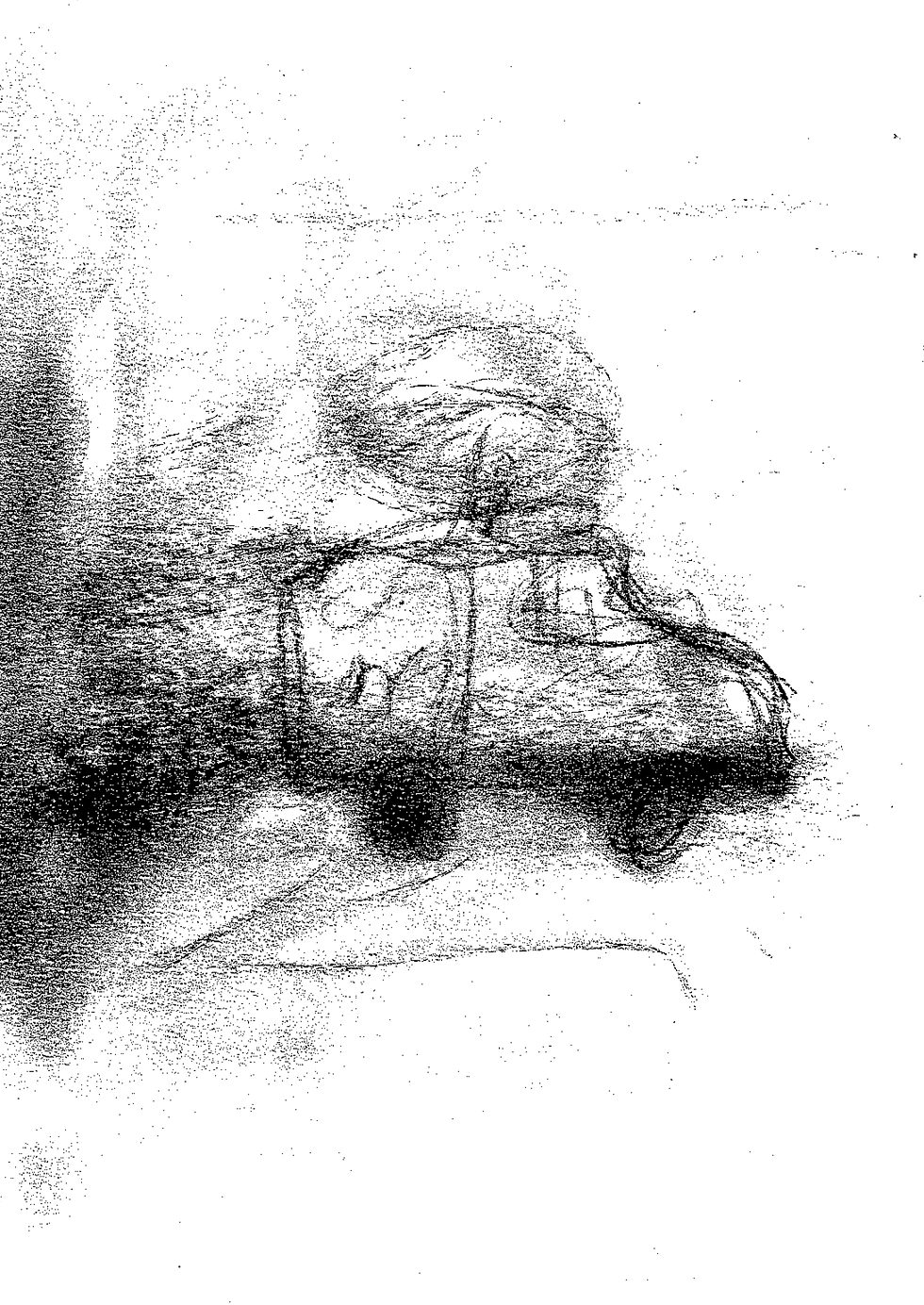
Human movement Ambulance movement
References:
Bird Pictures & Facts. (n.d.). National Geographic. https://www.nationalgeographic.com/animals/birds/
Kommenda, N. (2021, August 25). How your flight emits as much CO2 as many people do in a year. The Guardian. https://www.theguardian.com/environment/ng-interactive/2019/jul/19/carbon-calculator-how-taking-one-flight-emits-as-much-as-many-people-do-in-a-year
Automobile | National Geographic Society. (n.d.). https://education.nationalgeographic.org/resource/automobile/
Comments